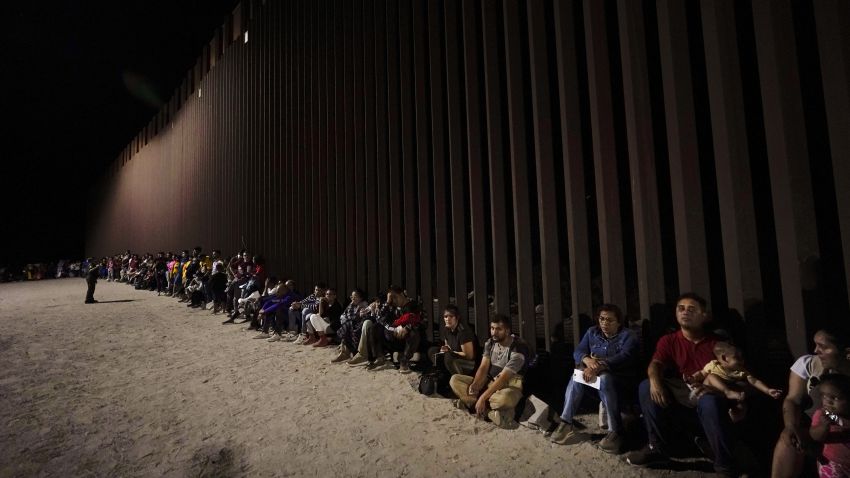Between October 2021 and August 2022, U.S. authorities at the U.S.-Mexico border took undocumented migrants into custody more than 2 million times—a record number that has generated nonstop commentary in the U.S. about a “border crisis.” Though the actual number of individual border-crossers is lower than that, as the U.S. government’s pandemic policies fuel repeat crossing attempts, they are still near all-time highs. More importantly, though, the numbers fail to convey a dramatic shift in the migrant population over the past nine years.
Before 2013, citizens of Mexico nearly always made up more than 90 percent of migrants apprehended at the U.S.-Mexico border. More than 90 percent of migrants were also adults arriving without children. Most often, in the past, these migrants sought to avoid capture by U.S. authorities. They were unlikely to turn themselves in at the border and seek to apply for asylum. In 2012, for instance, when the number of migrants detained at the border numbered 356,000, 45,574 people nationwide filed asylum applications, though not all of them at the border.
By 2019, the number of asylum applications had quintupled, and by 2022 the case backlog in U.S. immigration courts had multiplied sixfold. The profile of migrants also began shifting dramatically in late 2013 and early 2014, when the border experienced its first mass arrival of families and unaccompanied children from Central America’s so-called Northern Triangle states of El Salvador, Guatemala and Honduras.

